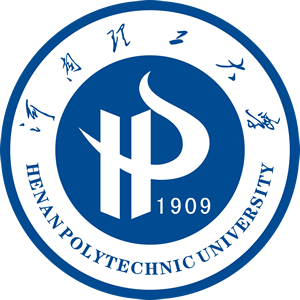
地址: 河南省焦作市高新区世纪路2001号[454000] Tel: 0391-3987069 E-mail: zkxb@hpu.edu.cn,skxb@hpu.edu.cn |

请您访问
|

社会科学版
|
| 供稿: 汤辰敏 | 时间: 2018-12-20 | 次数: |
作者:汤辰敏
作者单位:北京大学法学院
摘要:在我国著作权法财产权利体系中,"信息网络传播权"和"广播权"都是控制在不转移作品中的有形物质载体的所有权或占有的情况下,通过技术手段远程传播作品的行为。二者结合原本应当覆盖经由一切技术手段进行的"交互式"和"非交互式"远程传播行为,但是,在我国现行著作权法上,二者的衔接却存在着缺陷。这种缺陷使得"非交互式"网络传播行为无法对我国著作权法中明确列举的各项财产权利进行调整。司法实践中,适用兜底条款进行规制的做法本身存在严重弊端,只能作为权宜之计而不能从根本上解决问题。因此,必须对上述两项专有权利进行重构。在可能的三种选择方案中,扩张我国《著作权法》中"广播权"的定义使其能够控制各种"非交互式"传播行为是最佳方案。
基金:国家广播电影电视总局社科研究项目“影视产业的版权保护研究”成果之一;
DOI:10.16698/j.hpu(social.sciences).1673-9779.2012.01.015
分类号:D923.41
Abstract:In the system of property rights in China's copyright law, right of broadcasting and right of communication of information on networks are both behaviors of spreading works by tele-communication technology and without changing its ownership.A combination of both should cover the "interactive" and "non-interactive"remote communication behavior by all the technical means.However, in our current copyright law, there is a flaw between the two.This flaw induces"non-interactive"communication through network to fall out of the present law.Judicial authorities apply bottommost clauses to regulation, but the practice itself has serious drawbacks, and can not solve the problem fundamentally.It is necessary to reconstruct the above-mentioned two property rights.Among all the possible options, expansion of the definition of broadcasting right is the best.